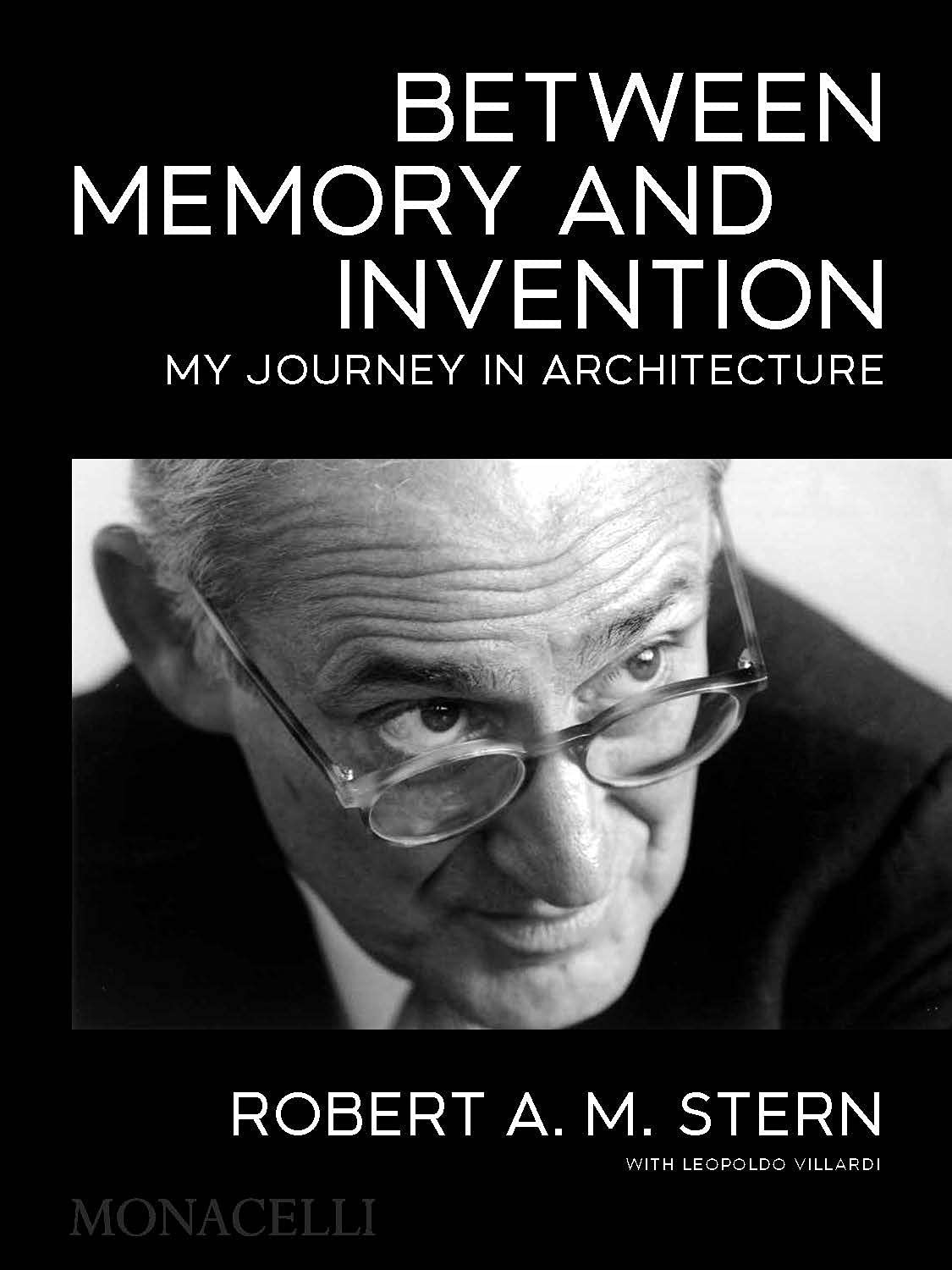Robert A. M. Stern has just published Between Memory and Invention: My Journey in Architecture. This is not a review; I’ve only read the first chapter—on Amazon—which details the author’s childhood. But Stern’s book is not exactly an autobiography; the publisher calls it “a personal and candid assessment of contemporary architecture and his fifty years of practice.” In fact, architectural memoirs are few and far between. With the exception of Frank Lloyd Wright’s famously unreliable An Autobiography, I only know of two modern examples, Nathaniel Owings’s The Spaces in Between: An Architect’s Journey (1973), and A. Eugene Kohn’s The World by Design: The Story of a Global Architecture Firm (2019). I think there are a number of explanations. Writers keep journals; architects carry sketchbooks—theirs is a visual not a literary imagination. More to the point, architecture is a profession, which makes candid recollections tricky, like telling tales out of school. I once asked Gene Kohn about a recent KPF project that seemed to me awkward. “Yes,” he answered. “That one got away from us.” We were, of course, speaking privately. Difficult clients, design mistakes, and missed opportunities are a part of every architect’s “journey,” but they are always discreetly kept out of the public eye.



Hello Witold,
I told myself I wasn’t going to bother you anymore but here I am. I finally finished your book The Most Beautiful House in the World but when you read just a few pages every night, starting about 1 am…it takes a while. Yes, it was a lot of history but I made it! Reading this posting today helps me see the difference between an architect and a writer. It’s hard to put this into words but when somebody comes to you for you to design them a house, it’s almost as if it has to be all your ideas or it will be a convoluted mess, at least to the trained eye of other architects. The problem is….most people can’t build their own homes. They need somebody to help them. Some might have their own ideas but they need somebody to make it happen. That to me is the hardest thing ever.
Back to our house. We had lived here 24 years before we started the remodel and I had spent a lot of time analyzing the place. I was pretty sure what I wanted to do and I was well aware it was wasting space to have a short hall parallel to the existing one but I wanted to have a hint of a master suite…the master bedroom, then a door leading into the extra short hall (with those closets for storage) and a tiny walk in closet with tiny island in the middle, then at the end of that short hall a modest new master bath. Of course it wasted space but we like it. The contractor did say that the most efficient thing to do would be to have two doors exiting the bedroom….one for a bathroom and one beside it for a closet. Not exactly lavish or spacious. Bathroom noise in the middle of the night, blinding light from the closet early morning, I could go on. But to his credit, he said that and we built it like we had wanted and we love it and as to whether he groans when he sees it, I have no idea. There seems to be such a fine line between doing what the architect thinks is correct and what the homeowner wants. And to his credit, there were a couple of things I wanted that he talked me out of and I’m glad.
What do you think?
I did enjoy your book toward the end, as I began to see what you meant by beautiful. Yes, when you do things exactly like you want, fine-tuning them to your specifications and then are pleased with the outcome…or not…and then re-doing them if necessary….to be able to sit down and be pleased….it’s a wonderful sensation. That’s when you say to yourself, “I don’t care if it’s correct or not, it suits me.”
Margaret Huff